Description
Introduction to the Roland FP-90X Digital Piano
Roland is probably the most recognizable name in digital pianos, and for good reason, considering how many professional keyboardists ultimately elect to go with a Roland as their primary gigging instrument.
Roland’s FP series has been going strong for 30 years, and to mark the 30 year anniversary that just passed, Roland has upgraded the FP line with the new FPX series. The FP90X is the top quality, flagship model of the line, and it replaces the FP90 which was widely regarded as one of the top instruments in the portable all-in-one class.
The FP90X featured Roland’s brand new PureAcoustic engine (replacing the SuperNATURAL piano engine), the same sound engine in Roland’s top-of-the-line LX home digital series. This engine gives full modeling technology to the acoustic piano tones, allowing for a highly expressive, real-time generation of piano tone. Modeled engines also offer a deeper layer of customization options, essentially allowing you to shape and mold the tone with scalpel-like precision. All of this tone is being delivered via a robust multi-channel speaker system, and there’s a handy 3-slider equalizer on-board to allow you to make adjustments on the fly.
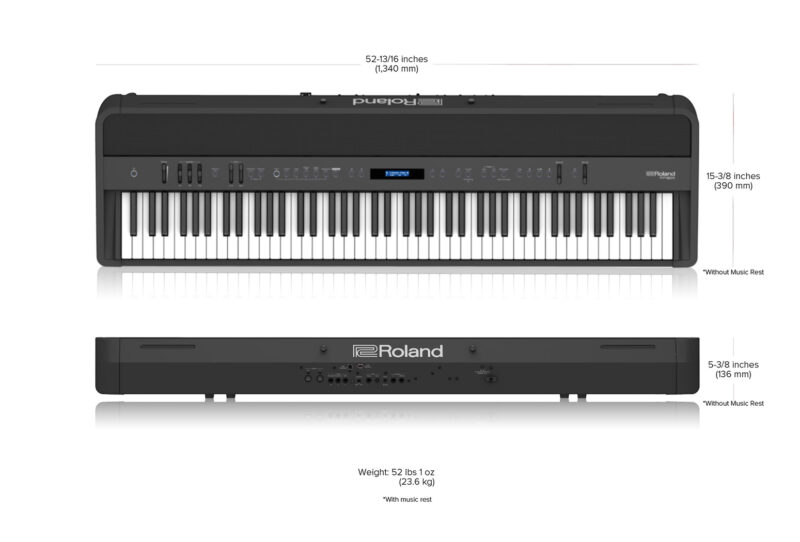
There are more than 300 total onboard sounds, with a huge variety of e pianos, strings, classic organs, and synthesizers, offering maximum flexibility for whatever the situation calls for.
It also even has a mic input, a relative rarity for these types of instruments, so if that’s important to you, you’ll be pleased to find it here.
All in all, the Roland FP90X is a snapshot of what one of the top digital piano manufacturers of all time is currently offering, and with fantastic warranty coverage, you’ve got little to be concerned about regarding longevity.
Compare against the Yamaha P515 and Kawai ES920.
Roland FP-90X Features Roland’s 88-note PHA-50 Keyboard Action
The Roland FP90X uses their second-best action – the PHA-50 hybrid keyboard action, with a blend of wood components, escapement, and overall, replicates a grand piano action even better than the PHA4. It provides an excellent and accurate MIDI output, a properly weighted action that will satisfy even the most discerning classical pianists, and an ivory and ebony key texture that provides the right blend of grip and slip for both dry and humid environments.
This action is also highly durable, as our Director of Sales Stu Harrison can personally attest to having played this action in his RD-2000 over 100’s of gigs. Most modern, high-end digital piano actions are fairly durable, though the PHA-50 is deserving of special mention in this regard.
Roland FP-90X Features Roland’s Renowned PureAcoustic Modelling Technology
Roland uses their brand new and highly sophisticated ‘PureAcoustic Modelling’ technology in the FP90X, which is an entirely sound modelled tone engine (no sampling). This gives musicians real-time control over the sound of their instrument and allows for higher levels of expression and nuance, much like on an acoustic piano. There are certain details of an acoustic piano that are practically impossible to recreate with just sound sampling in a digital instrument, which is why Roland’s approach with their ‘PureAcoustic Modelling’ technology has received such high praise. This sound engine was recently introduced in Roland’s top-quality LX home digital line, and it actually comes as a bit of surprise that they’ve decided to include it in an instrument that costs little more than half of the LX model (LX705).
There are two modelled piano sounds in the FP90X, representing the “two main schools” of piano style: European and American. Roland has also found a way to give both of these piano sounds: limitless polyphony. This is a really big deal as it puts literally no limit to the amount of tonal complexity the piano can produce. This combination of a purely modelled tone engine with an unlimited amount of polyphony makes the LX Series pianos from Roland wonderfully engaging and expressive instruments to play and makes them a genuine alternative to an acoustic piano.
In terms of other onboard sounds, there’s a variety of Electric pianos, organs, strings, and synths, for a total of 362 onboard sounds. And as far as the speakers are concerned, the FP90X is outfitted with a four-speaker system, powered by 60 watts of amplification. 60 watts is a ton of power for a portable digital piano, meaning there will probably be plenty of professional situations where you won’t even need to connect to an amp.
Roland FP-90X’s Bluetooth MIDI Connectivity
Roland gives you both Bluetooth MIDI and Bluetooth Audio on the FP-90X. This means you can stream music directly to the piano to take advantage of the excellent speaker system, and you can also connect your Smartphone or device wirelessly to the piano to have fun with your favorite apps, such as Roland’s own Piano Designer app, or Garageband.
In terms of ports, the FP-90X offers 1/4″ L/Mono, R audio output jacks facilitating connection to an external sound system if required. There’s also a mini Stereo input jack as well. There are also traditional MIDI jacks for a wired connection as well.
USB to host and USB to device allows you to playback MIDI files, wav files, and audio files, and there’s also multiple Pedal (Damper/R, Sostenuto/C *1, Soft/L *1) jacks: TRS 1/4-inch phone type for direct connection to the 3 pedal unit system.
Last but not least, the FP90X also has a 1/4″ stereo headphone jack and a stereo miniature headphone jack for quiet practice.
Notable Features
If we’re to point to a specific notable feature, while it’s tempting to go with the PureAcoustic engine given how much less you have to spend to access this top engine in the FP90X, we really do have to mention the mic input. Mic inputs are not particularly common among performance level all-in-one portable digital pianos. For some folks, that feature alone is quite important and will instantly vault the FP90X to the top of their wishlist. Roland has added two new mic input-related control knobs, both a volume slider and gain knob, that weren’t present on the FP90.
- Authentic grand piano touch from the PHA-50 (Progressive Hammer Action with Escapement) keyboard, which combines wood and molded materials for great feel and lasting durability
- Uses the latest PureAcoustic Piano Modeling technology instead of conventional sampling for a far richer, more detailed piano sound
- Four speakers provide powerful and rich sound that’s ideal for intimate live performances
- Premium selection of electric piano, strings, organ, and synth sounds, along with 30 registrations for storing favorite sound setups, including layers and splits for live performance
- Mic input and vocal effects
- Connect your smartphone or tablet via Bluetooth wireless technology and play along with audio from your apps routed through the piano’s speaker system
- Enhance performances with rhythm accompaniments from Roland’s Piano Partner 2 app
- Flat, portable cabinet in black or white finishes
- Optional KSC-90 stand and KPD-90 pedal (each sold separately) provide an elegant integrated look for home use
- Compatible with DP-10 Damper pedal (included) or RPU-3 Triple Pedal (optional)
Conclusions
The top model from the legendary FP line, the FP90X is without question one of, if not the top portable all-in-one digital pianos on the market.
Roland FP-90X Owner’s Manual
- [English] FP-90X Owner’s Manual
Roland FP-90X Related Resources
- Roland FP Series Digital Pianos Overview – FP-10, FP-30, FP-60, FP-90
- New Roland Digital Pianos: Roland FP-30X, FP-60X, FP-90X, F701, & RP701 (Roland FP-X Series)
Specs
| Piano Sound | PureAcoustic Piano Modeling |
| Max. Polyphony | Piano:Limitless (Solo playing using No.1 to No.8 tones in piano category) Other: 256 |
| Tones | Piano: 20 tones E.Piano: 18 tones Organ: 18 tones Strings/Pad: 27 tones Synth/Other: 279 tones (including 8 drum sets, 1 SFX set) |
| PureAcoustic Ambience | Type: Studio, Lounge, Concert Hall, Wooden Hall, Stone Hall, Cathedral Depth: 11 types |
| My Stage | 12 types |
| Keyboard | PHA-50 Keyboard: Wood and Plastic Hybrid Structure, with Escapement and Ebony/Ivory Feel (88 keys) |
| Speakers | Speakers: 8 x 12 cm (3-3/16 x 4-3/4 inches) x 2 (with speaker box) Dome Tweeters: 2.5 cm (1 inches) x 2 |
| Rated Power Output | 25 W x 2 5 W x 2 |
| Headphones | Headphones Acoustic Projection |
| Audio | Bluetooth Ver 3.0 (Supports SCMS-T content protection) |
| MIDI | Bluetooth Ver 4.0 |
| Compatible Android / iOS Apps (Roland) | Piano Every Day Piano Designer |
| Playable Software | Standard MIDI Files (Format 0, 1) Audio File (WAV: 44.1 kHz, 16-bit linear format, MP3: 44.1 kHz, 64 kbps – 320 kbps, requires USB flash drive) |
| Recordable Software | Standard MIDI Files (Format 0, 3 parts, Approx. 70,000 notes memory) Audio File (WAV: 44.1 kHz, 16-bit linear format, requires USB flash drive) |
| Internal Songs | 34 Songs |
| Touch Sensitivity | Key Touch: 100 types, fixed touch Hammer Response: 10 types |
| Master Tuning | 415.3–466.2 Hz (adjustable in increments of 0.1 Hz) |
| Temperament | 10 types (Equal, Just Major, Just Minor, Pythagorean, Kirnberger I, Kirnberger II, Kirnberger III, Meantone, Werckmeister, Arabic), selectable temperament key |
| Effects | Ambience Equalizer (3-band digital equalizer) Only for organ tones: Rotary Speaker Effect Only for E.Piano tones: Modulation Speed |
| Mic Effects | Compressor Doubling Echo |
| Piano Designer | Lid Key Off Noise Hammer Noise Duplex Scale Full Scale String Resonance Key Off Resonance Cabinet Resonance Soundboard Type Damper Noise Soft Pedal Type Single Note Tuning Single Note Volume Single Note Character |
| Convenient Functions | Metronome (adjustable Tempo/Beat/Down beat/Pattern/Volume/Tone) Auto Tempo Transpose (Keyboard/Song: in semitones) Registration (45 registrations, capable of pedal shift) Registration Set Dual Split (split point adjustable) Twin Piano Tone Demo Auto Off |
| Display | Graphic LCD 132 x 32 dots |
| Control | Volume slider Equalizer sliders (Low/Mid/High) Part sliders (Lower/Upper) Song Vol. slider Mic Vol. slider Speaker switch Mic Gain knob |
| Connectors | DC In jack Pedal (Damper/R, Sostenuto/C *1, Soft/L *1) jacks: TRS 1/4-inch phone type Input Stereo jack: Stereo miniature phone type Output (L/Mono, R) jacks: 1/4-inch phone type Mic Input jack: 1/4-inch phone type USB Computer port: USB B type USB Memory port: USB A type Phones jack x 2: Stereo miniature phone type, Stereo 1/4-inch phone type MIDI (Out, In) connectors *1: Assignable |
| Power Supply | AC adaptor |
| Power Consumption | 40W (When using the included AC adaptor) *Approximate power consumption when playing the piano at medium volume: 14W Power consumption when sound has not been played after power-on: 12W |
| Accessories | Owner’s Manual Leaflet “USING THE UNIT SAFELY” AC adaptor Power cord Music rest Damper pedal (DP-10, capable of continuous detection) |
| Option (sold separately) | Dedicated stand: KSC-90 Dedicated pedal board: KPD-90 Keyboard stand: KS-G8B, KS-10Z, KS-12, KS-20X Pedal unit: RPU-3 Damper pedal: DP series Pedal switch: DP-2 (*1) Expression pedal: EV-5 Carrying Bag: CB-88RL Headphones *1 Cannot use for Damper/R. |
| Dimensions | Detached music rest: 1,340 (W) x 390 (D) x 136 (H) mm 52-13/16 (W) x 15-3/8 (D) x 5-3/8 (H) inches FP-90X with KSC-90 and music rest: 1,340 (W) x 418 (D) x 932 (H) mm 52-13/16 (W) x 16-1/2 (D) x 36-3/4 (H) inches |
| Weight | 23.6 kg, 52 lbs 1 oz (FP-90X with music rest) 37.8 kg, 83 lbs 6 oz (FP-90X with KSC-90, KPD-90, and music rest) |
Additional Information
| Weight | 69 lbs |
|---|---|
| Dimensions | 58 × 21 × 11 in |

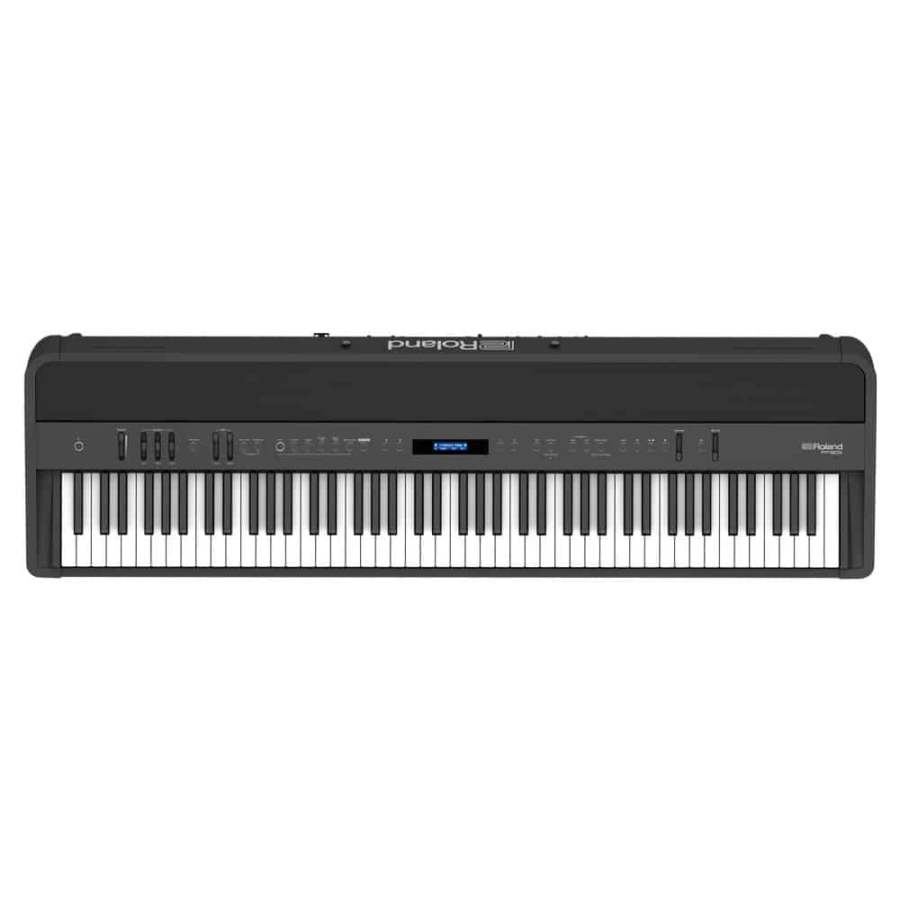

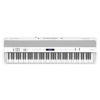
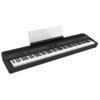
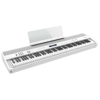
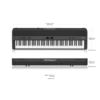
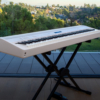
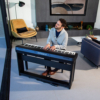

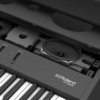
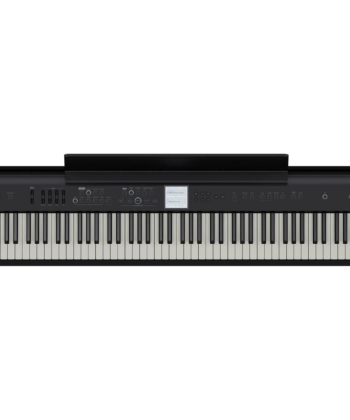
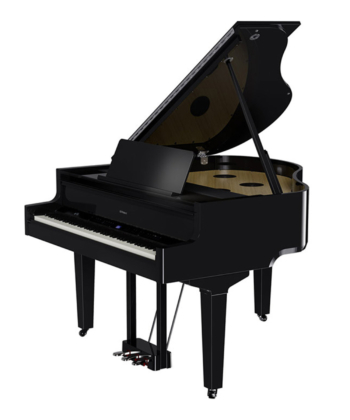
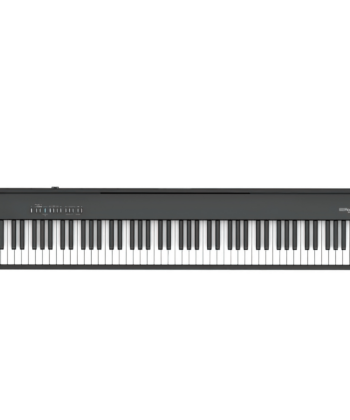
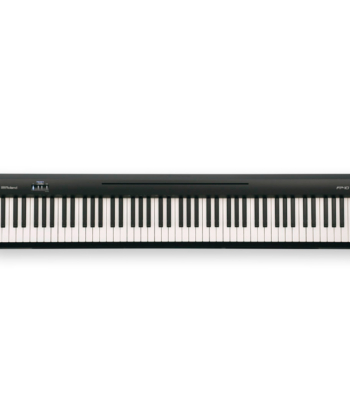


Reviews
There are no reviews yet.